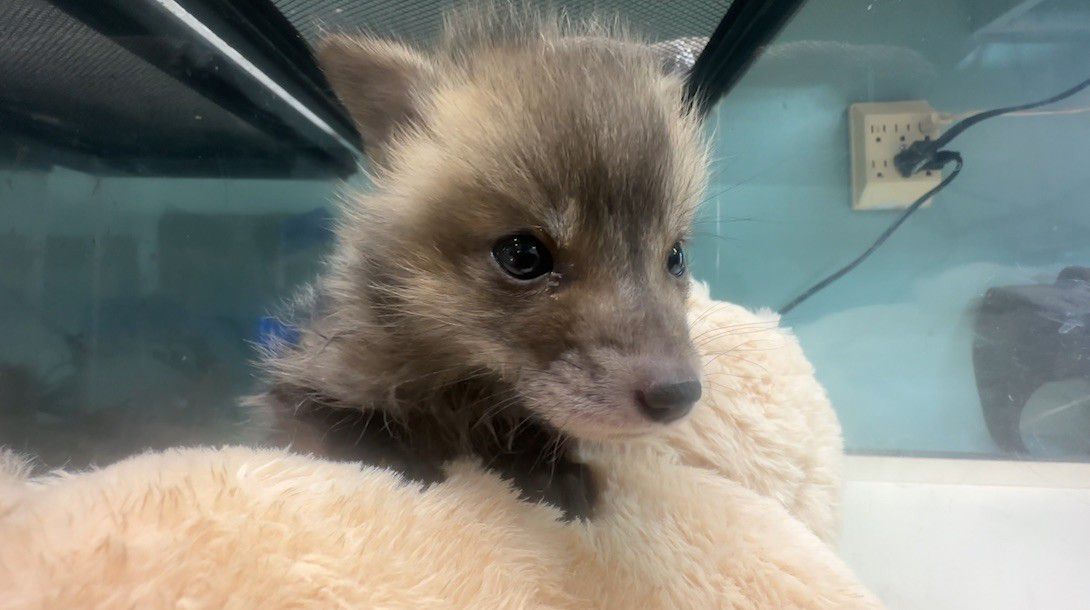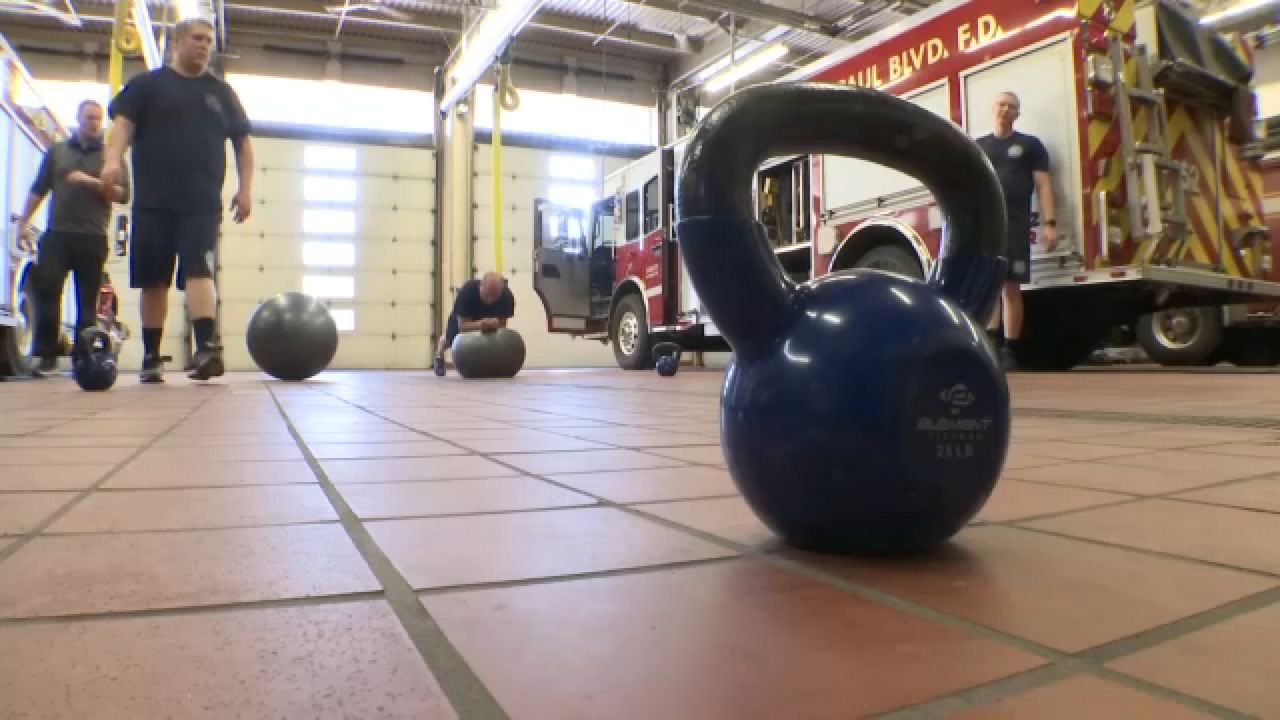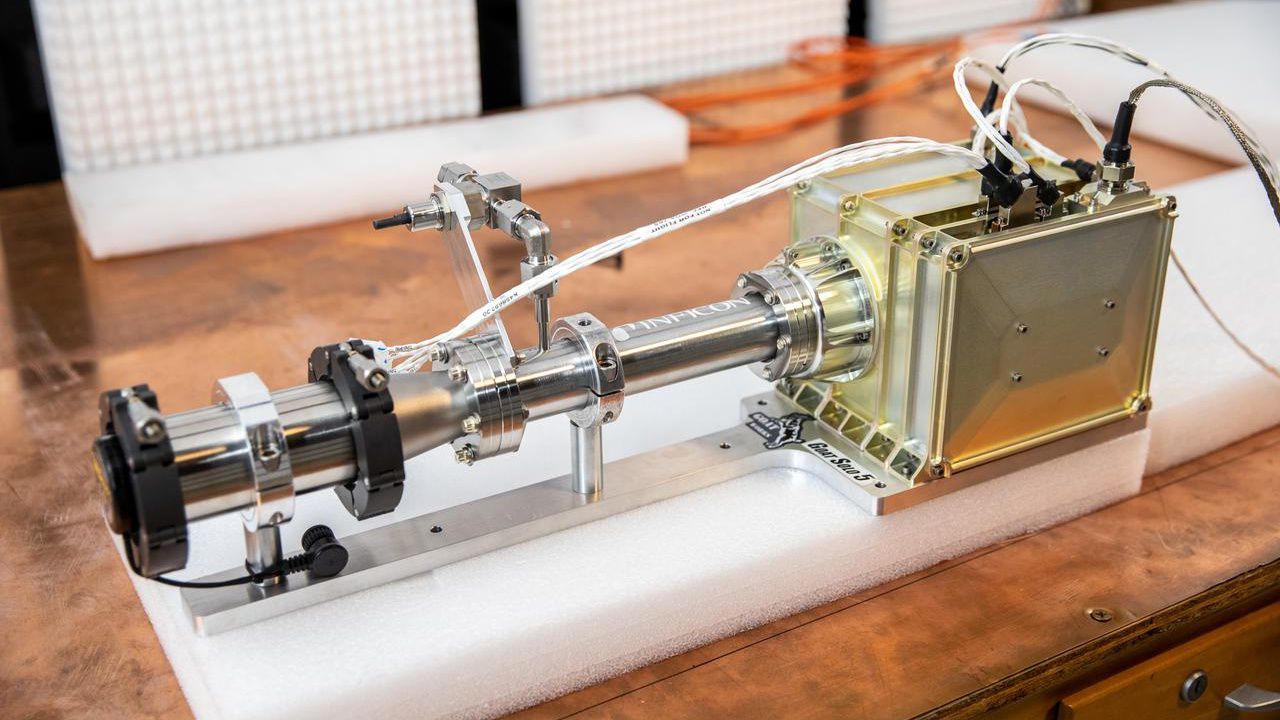Birds migrate across the country at this time of year, but certain conditions can disrupt their journey and they could benefit from human assistance.
Laura Dibetta, director of outdoor recreation at the Department of Environmental Conservation, is part of a mission to provide a solution, and is trying to protect and save a species that faces a serious challenge.
"Light pollution, bird-friendly buildings, etc. We can protect bird species if we do our part. Even if it's not all of us, it will still make a difference,” said DiBetta.
According to the Urban Bird Foundation, over 1 billion birds die annually in the United States due to collisions with human-made structures such as vehicles, buildings and windows, power lines and communication towers.
Dibetta says the state is doing its part to help with these efforts.
New York Gov. Kathy Hochul ordered state-owned and managed buildings to turn off all non-essential outdoor lights from 11 p.m. to dawn when most birds fly across the state.
“During peak migration times, such as mid-April to May with the end of May, which is now, and mid-August through mid-November again,” DiBetta said.
Birds are tracked using radar technology to identify where the bird population is most at risk. The lights out initiative is designed to decrease artificial lighting's impact on bird migration.
Andrew Farnsworth, a senior research associate at The Cornell Lab of Ornithology, says shutting off unnecessary lights reduces bird collisions.
"The light actually poses a lot of problems for birds migrating at night, so turning them off or eliminating them and reducing intensity, shielding them down is very helpful,” Farnsworth said. “Even if you can't turn them off, if they are essential for some reason, eliminating light pollution is crucial and something you can do regardless of whether you own a building or if you are a homeowner."
Farnsworth believes that bird migration has become a crucial aspect of the bird life cycle. In order to survive, he says birds must seek suitable habitats. And he says that thanks to technology, more data will be provided in the future to assist with migration.
“As we dig deeper into particular data sets and locations, we are characterizing birds' speed, behavior, and all of these other things,” Farnsworth said, “I think the big breakthrough with AI and machine learning comes when we integrate data sets.”
DiBetta says people should consider their needs and habitats. We can help by reducing our carbon footprint and supporting conservation efforts, all while appreciating nature. “Biodiversity is important to the health of our ecosystem, and we've lost a large number of bird species in recent years,” she said. “So we need to conserve and protect birds to keep our ecosystem healthy. Also, birds are just a joy to observe.”










